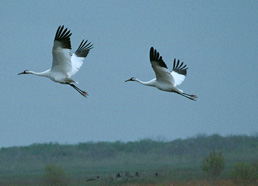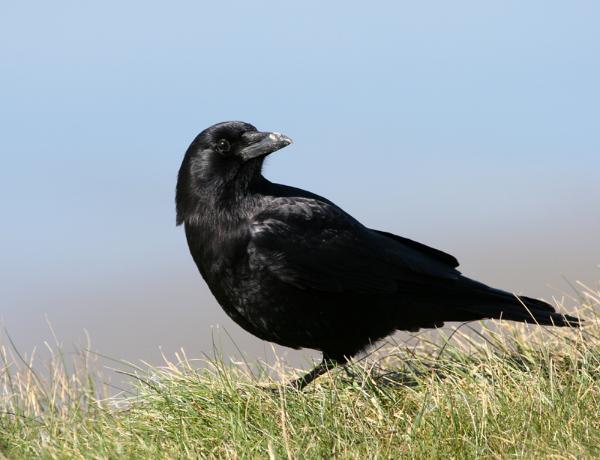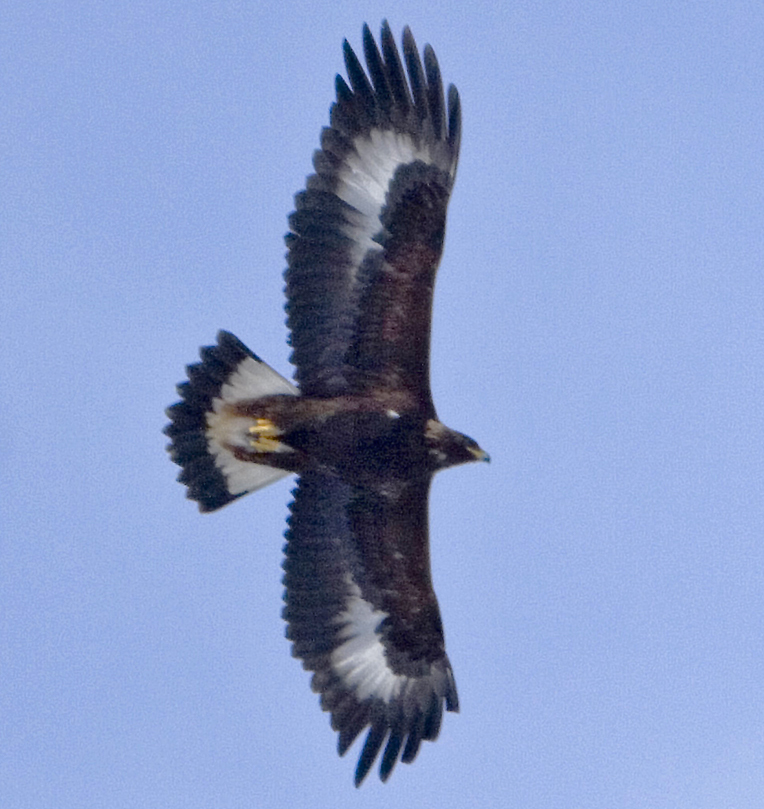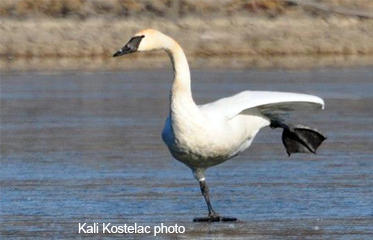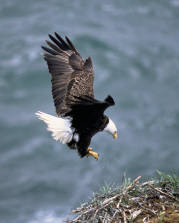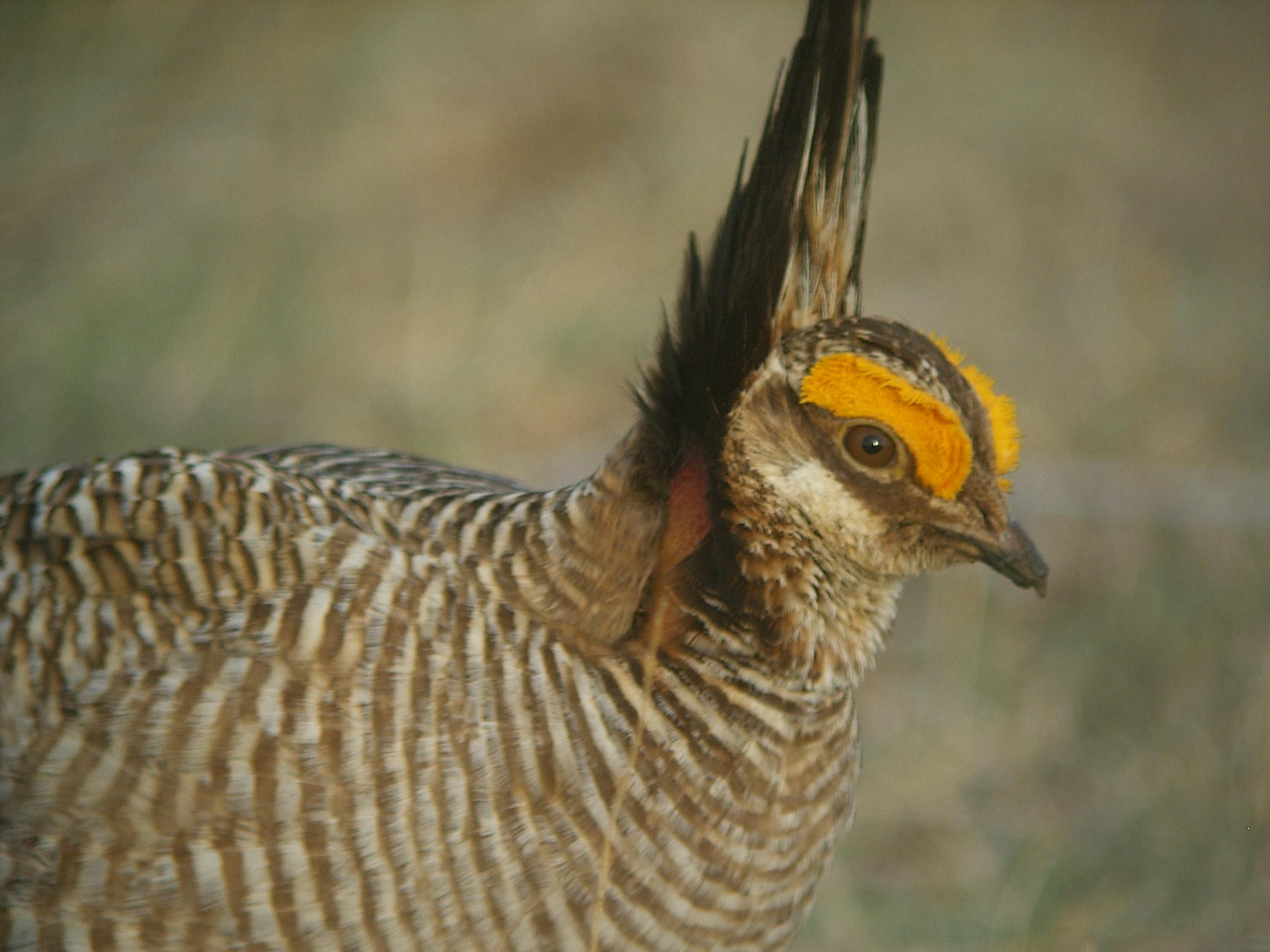 Five states submitted a plan for conserving lesser prairie chickens to the US Fish and Wildlife Service last week. It is the third draft for the plan, Lone Star Outdoor News reports. The five states are Colorado, New Mexico, Texas, Kansas and Oklahoma. The multi-state conservation plan is a bid to keep the bird of the federal endangered species list.
Five states submitted a plan for conserving lesser prairie chickens to the US Fish and Wildlife Service last week. It is the third draft for the plan, Lone Star Outdoor News reports. The five states are Colorado, New Mexico, Texas, Kansas and Oklahoma. The multi-state conservation plan is a bid to keep the bird of the federal endangered species list.
The planning process began a year ago, in April 2012. The USFWS will make its final ruling on September 30, 2013.
Read the press release from the Kansas Department of Parks, Tourism and Wildlife here.
Read the same press release from the Texas Parks and Wildlife Department here.
Lone Star Outdoor News adds a headline that mentions the third draft, here.
Photo: © Gerard Bertrand, courtesy Texas Parks and Wildlife Department

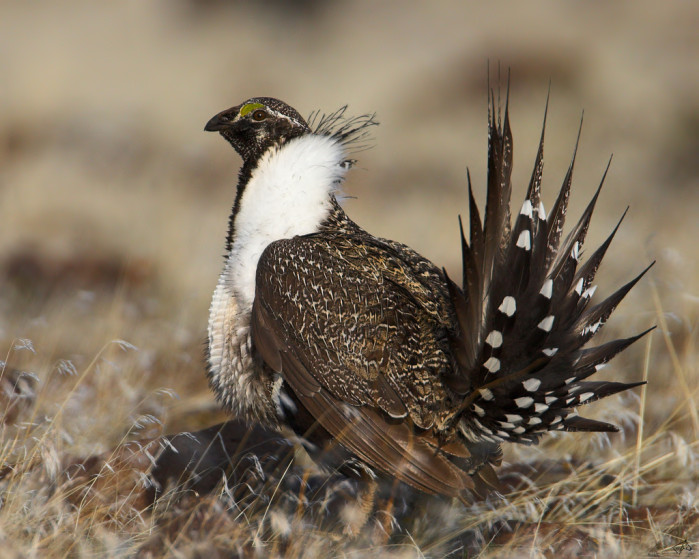 A US Fish and Wildlife Service report says that sage grouse are threatened by the loss and fragmentation of their sagebrush habitat. The habitat is being lost most commonly to wildfires which burn hotter because of invasive species. Ironically, another cause of habitat loss in the invasion of conifers into the sagebrush ecosystem, which is caused when fires don’t occur frequently enough.
A US Fish and Wildlife Service report says that sage grouse are threatened by the loss and fragmentation of their sagebrush habitat. The habitat is being lost most commonly to wildfires which burn hotter because of invasive species. Ironically, another cause of habitat loss in the invasion of conifers into the sagebrush ecosystem, which is caused when fires don’t occur frequently enough.
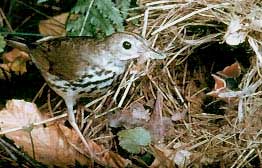 The recent issue of
The recent issue of 